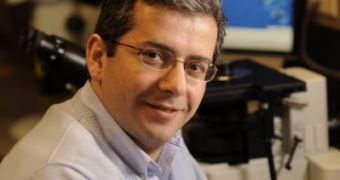Dr. Atakan Peker, the creator of Liquidmetal, tells newspapers that his amorphous metal alloy is not ready for prime time. Apple will mostly use it for small parts this year, not for entire device enclosures, he cautions.
“Let me first note the following,” Dr. Peker said in an interview. “Liquidmetal is the trade name for a new class of metallic alloys. The alloys have a unique atomic structure, more like glass, and are commonly known as “bulk metallic glasses” or ‘bulk amorphous alloys’.
Speaking to Business Insider, Dr. Peker estimates that “Apple will likely spend on the order of $300 million to $500 million -- and three to five years -- to mature the technology before it can [be] used in large scale.”
He continues: “Given the size of MacBook and scale of Apple products, I think it's unlikely that Liquidmetal casing will be used in MacBooks in the near term. It's more likely in the form of small component such as a hinge or bracket. A MacBook casing, such as a unibody, will take two to four more years to implement.”
Apple has exclusive rights to use Liquidmetal in electronic devices, and the company is likely to wait a bit longer to use it in a "breakthrough product," said Dr. Peker.
Dr. Peker discovered and developed original alloy formulations with Professor Johnson at Caltech during his PhD thesis. He later worked on the commercial manufacturing, scale-up process, and finally application development using the material.
“I would not say Liquidmetal was perfected,” he tells the newspaper. “This is a technology that has yet to be matured and perfected both in manufacturing process and application development. I should note that this is a completely new and different metal technology. Therefore, there is no suitable manufacturing infrastructure yet to take full advantage of this alloy technology,” he cautions.
The scientist also estimates that the Cupertino tech giant will spend between $300 million and $500 million to mature the technology in a timeframe spanning three to five years.

 14 DAY TRIAL //
14 DAY TRIAL //